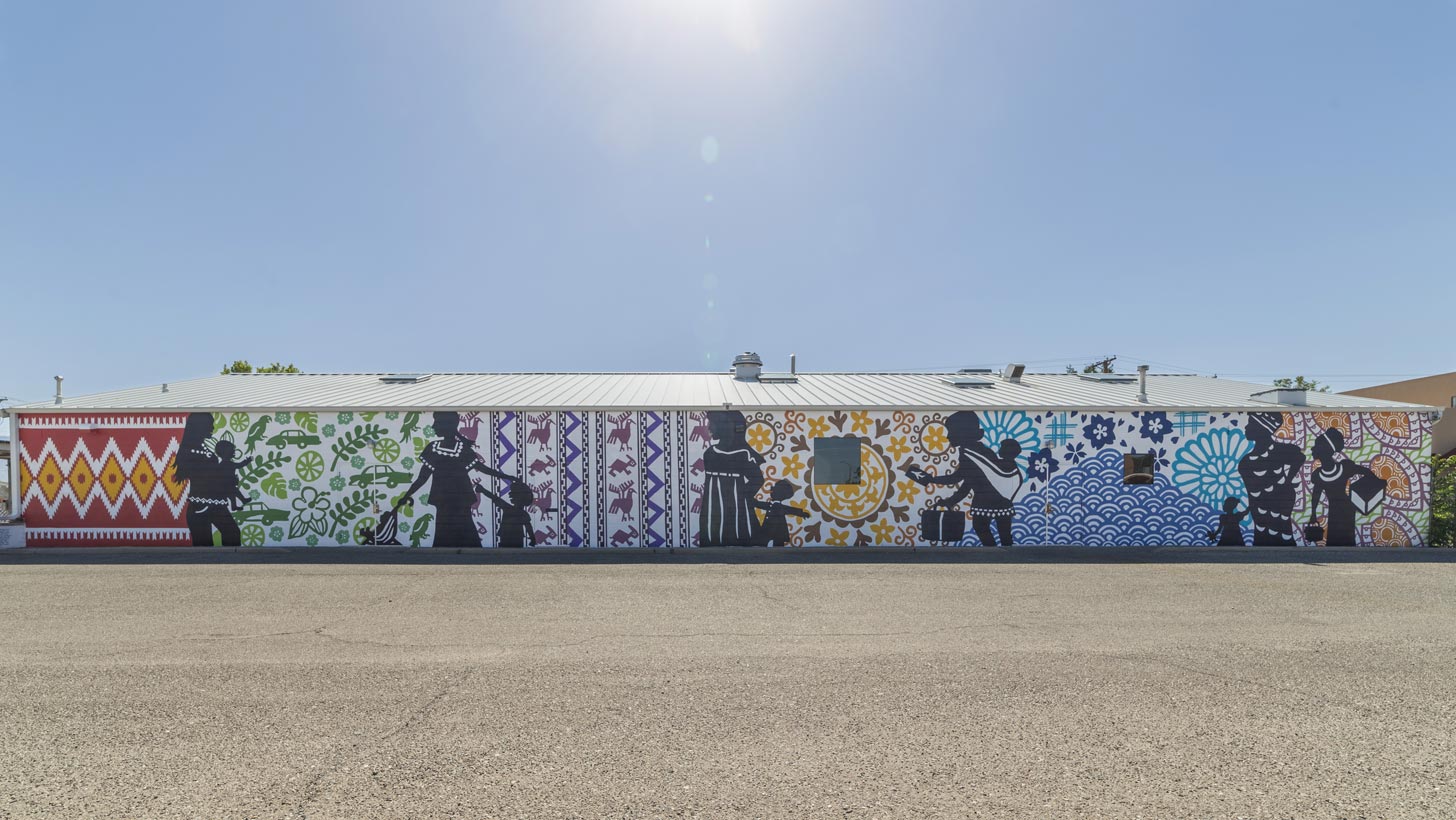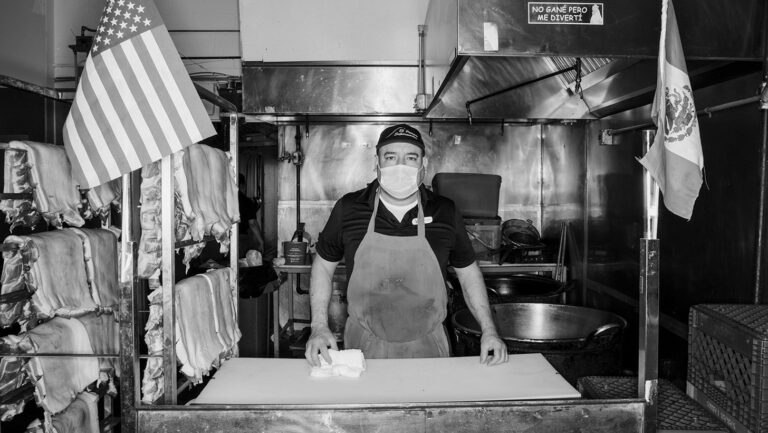Culture Shock: The Way To Albuquerque
New Mural Depicts Migration In All Its Beautiful Diversity


The mural, “Making Our Way,” was designed by the founders of Kei and Molly, and was realized with the help of Working Classroom and volunteers
Eric Williams Photography








